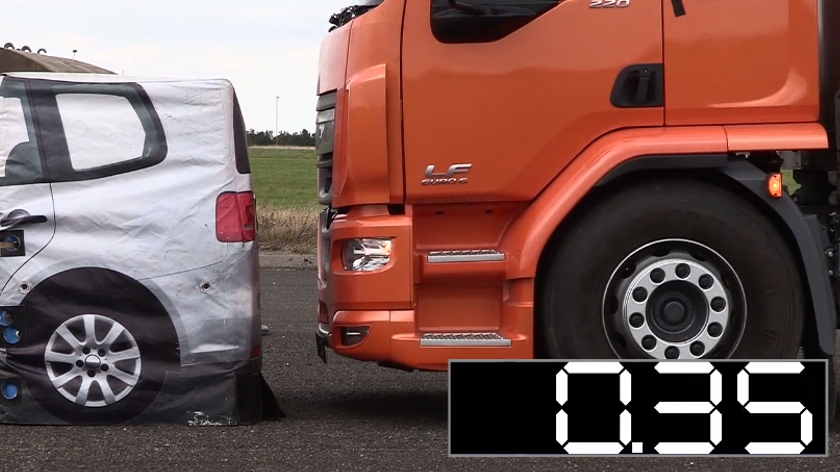Vehicle Separation Testing
Vehicle Separation Testing configuration information is available below.
Adaptive Cruise Control (ACC) TestingAs well as speed, Adaptive Cruise Control (ACC) allows a driver to maintain a set distance behind the car in front. ACC systems may feature a variety of features, such as auto disengagement and brake warning.
|
 |
Automatically Commanded Steering Function (ACSF)/ Lane Change TestingVBOX 3i enables engineers to log positional and time-to-collision data from up to 3 moving targets and a lane simultaneously, allowing them to meet the guidelines set out by the new Lane Change Test for Automatically Commanded Steering Function (ACSF).
|
 |
Autonomous Emergency Braking (AEB) TestingThe maximum braking power of a vehicle can be applied in some vehicles even if the driver does not brake himself. Such systems are grouped under the term 'Autonomous Emergency Braking' (AEB).
|
 |
Blind Spot Detection (BSD) TestingBlind Spot Detection (BSD) systems use cameras, radar sensors, light detection or ultrasonic systems to warn a driver whenever another object enters the blind spot area of a car.
|
 |
Forward Collision Warning (FCW) TestingForward Collision Warning (FCW) systems have been proven to actively avoid or drastically reduce the severity of accidents. They work by monitoring the road, providing the driver with sufficient warning to change direction or apply the brakes when entering a predefined threshold to the vehicle in front. Validating the performance of these systems is therefore vital, with the National Highway Traffic Safety Administration (NHTSA) stating that systems must activate before the time to collision reaches a minimum of 2.1 seconds.
|
